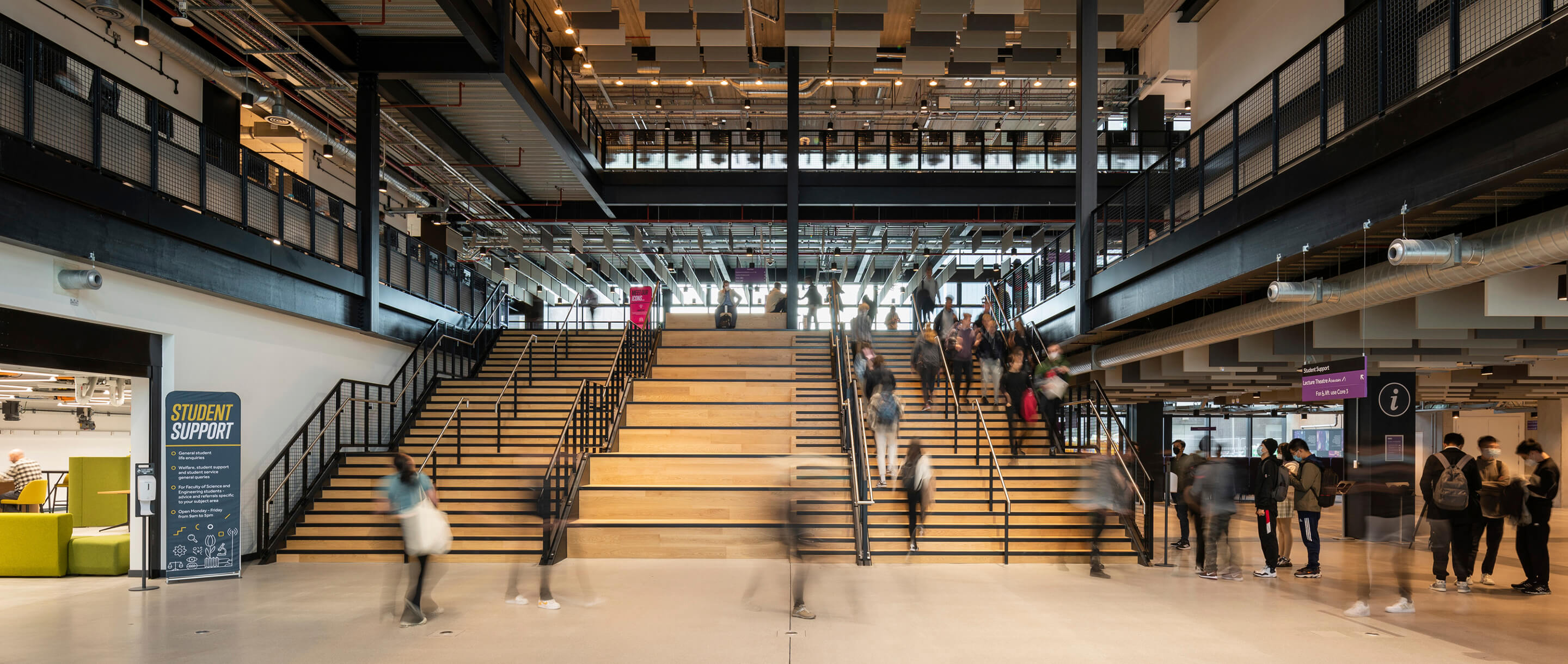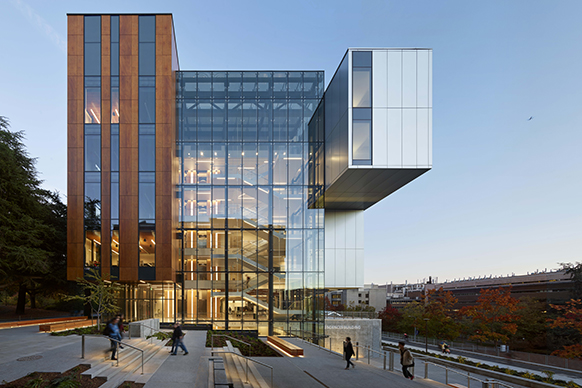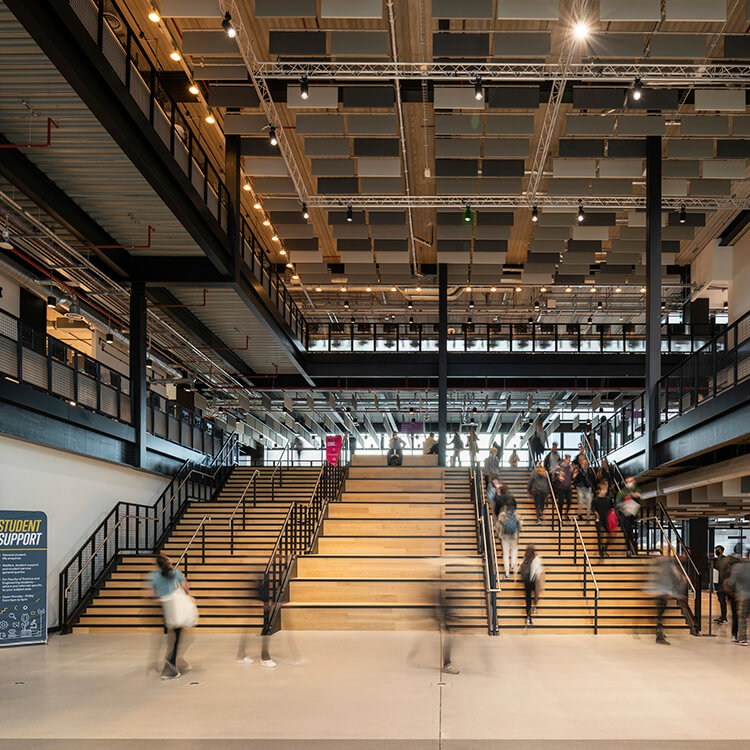
University of Manchester, Engineering Campus Development and Oddfellows Hall
The Manchester Engineering Campus Development (MECD) intensifies the city centre campus of the University of Manchester by bringing together four schools and two institutes within the Faculty of Engineering and Physical Sciences – including: Chemical Engineering and Analytical Science (CEAS), Electrical and Electronic Engineering (EEE), Materials (MAT) and Mechanical, Aerospace and Civil Engineering (MACE), The International Centre for Advanced Materials (ICAM) and the Dalton Nuclear Institute (Dalton).

We are part of an international team led by Mecanoo Architecten on this ground-breaking project. Our role is workplace/education specialist architect, sustainability champion and lead architect for the Grade II Listed Oddfellows Hall extension and refurbishment.
The project brings together specialist workshop and lab spaces, teaching spaces and academic workspaces in a fluid relationship to foster links and partnerships across the faculty and to enable future flexibility for the faculty. The work/learn space concept creates spaces that enable connection, collaboration and concentration across the faculty. The project is outward facing, providing a showcase for the faculty and inviting connections with the wider university and city.
The MECD project has high sustainability targets, for which we acted as champions, and adopted the Better Building Initiative process from the outset to ensure effective delivery of design and briefing targets to close the performance gap between designed and built performance.
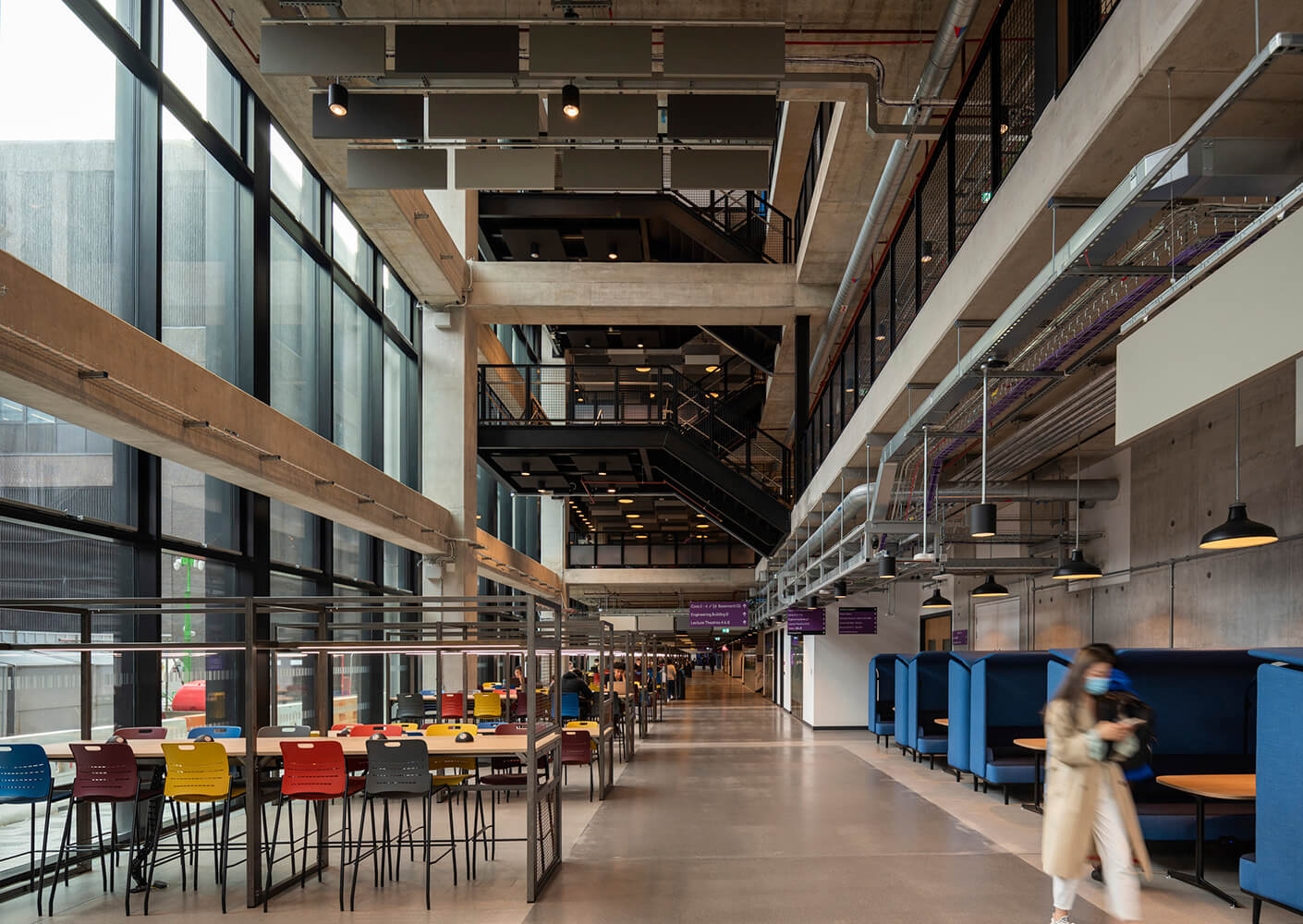
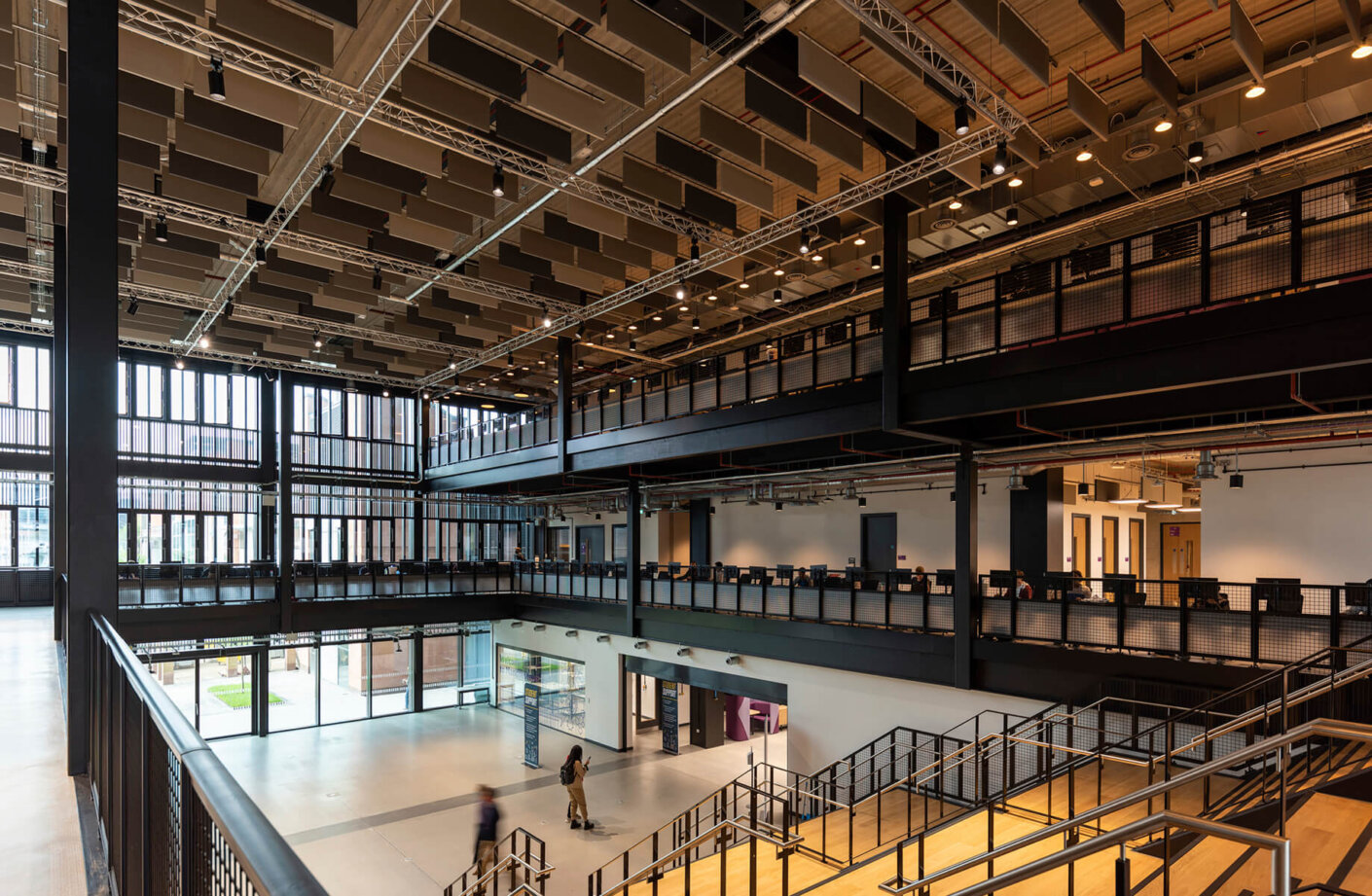
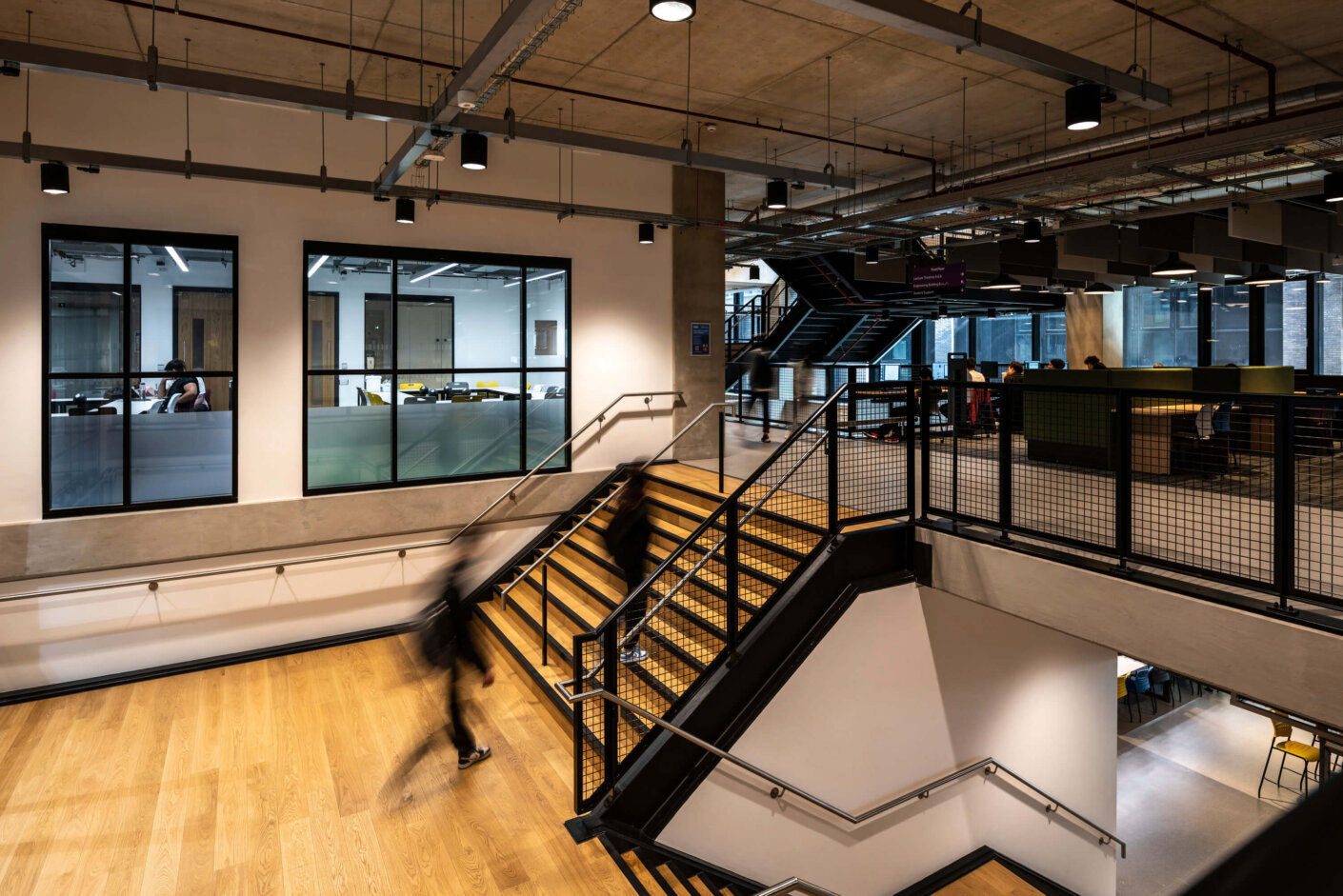
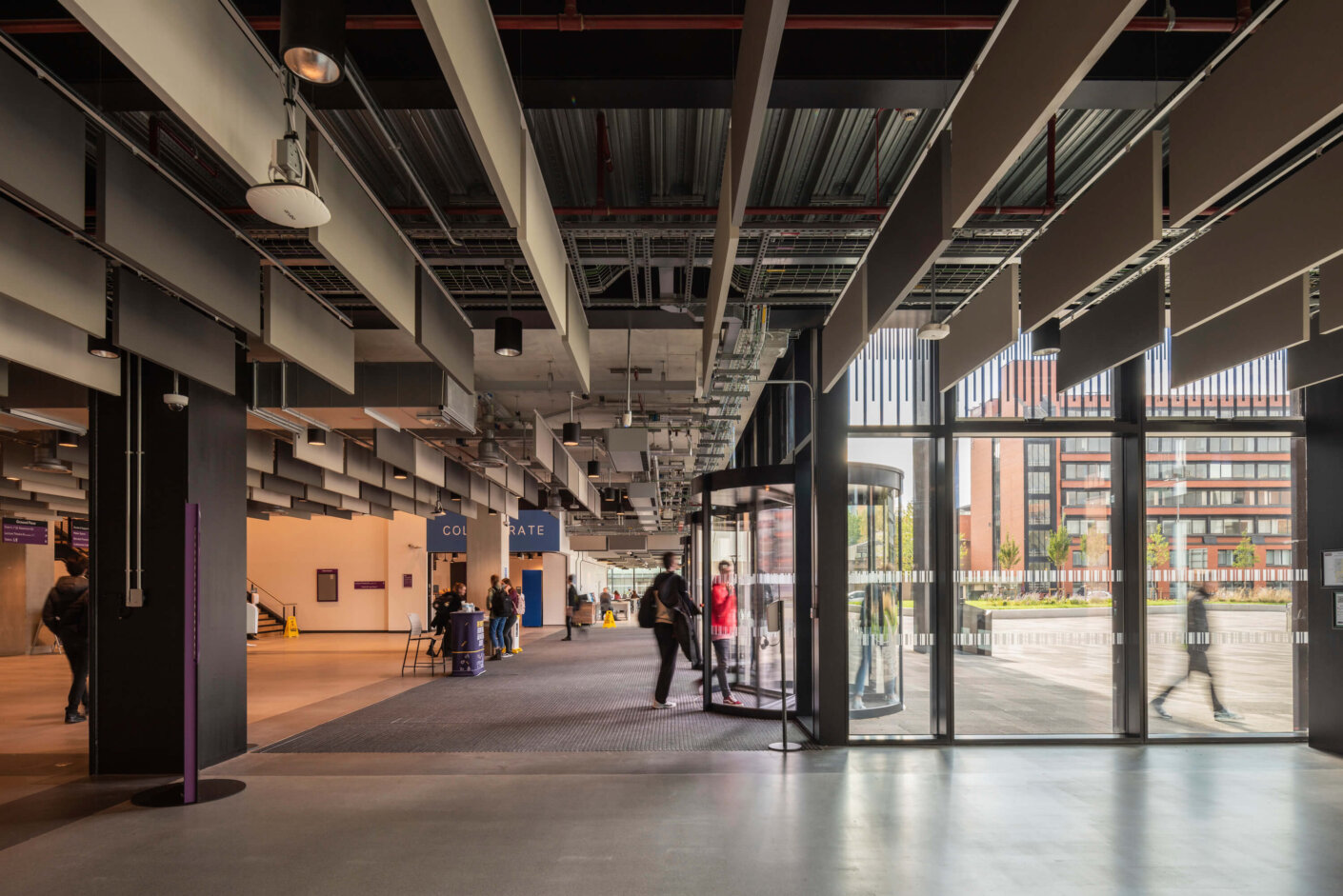
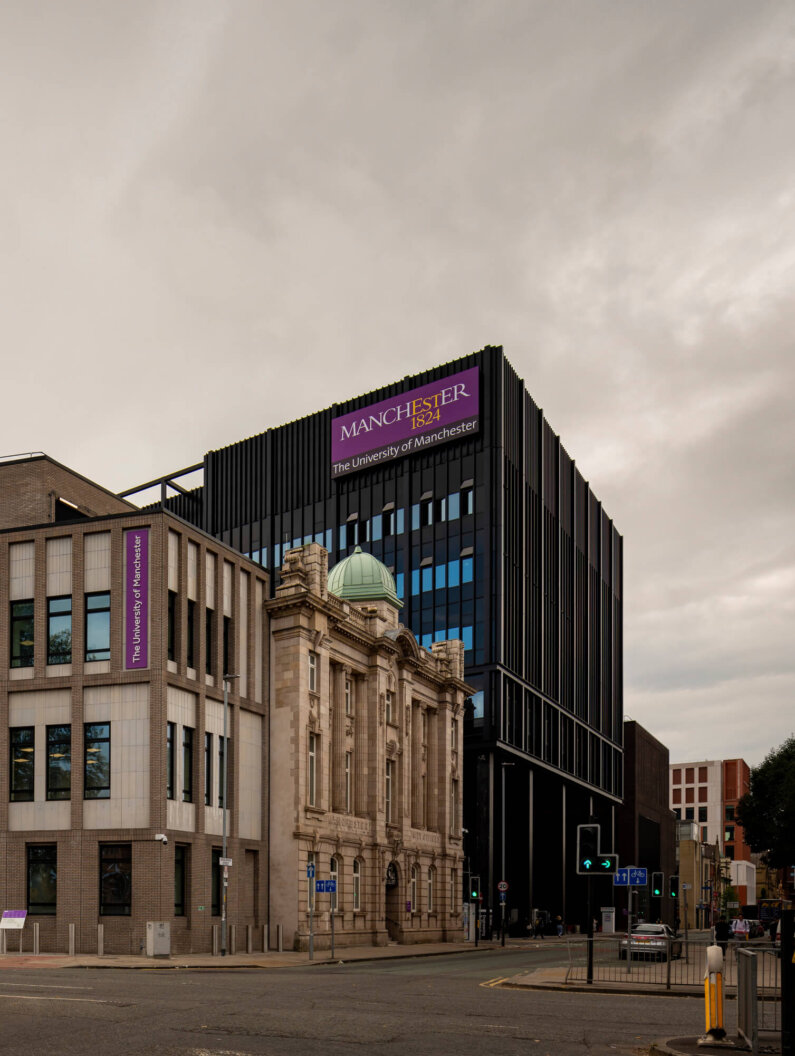

At the corner of the MECD site, the Oddfellows Building anchors the new MECD to its Victorian past. In redeveloping the building for teaching and learning needs today, we have designed structural adjustments to bring in daylight and open up large spaces whilst retaining the decorative board room and staircase and restoring the original building dome. The extension provides new large teaching and conference rooms, a restaurant and research workspace. Our design for the façade interprets the language of the new MECD buildings as it meets the existing Listed Building through the use of glazed terracotta interwoven with buff brick and through balancing the proportions of windows, floor levels and bays.
